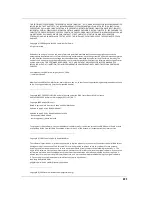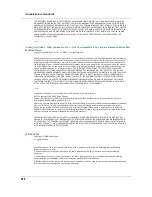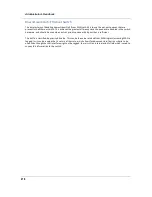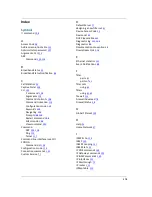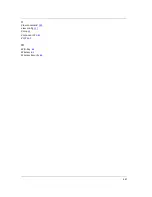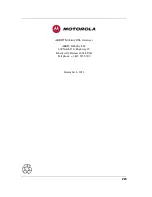
Administrator’s Handbook
214
Overview
When packets arrive on a high speed interface and are forwarded to a low speed interface, there is contention
for bandwidth. This is the use case for QoS: to make effective use of bandwidth.
The basic steps for Quality of Service are to match and identify packets as belonging to a class of traffic, and to
give each class of traffic a certain behavior such as priority queuing or bandwidth shaping across critical net-
working bottlenecks.
Packets forwarded through the system are classified using sets of filter rules to match various criteria, for
example p-bit,
DSCP,
IP address, port, etc. The matching rule can set the classification, which is the name of the
queue that is to be used.
Figure 1. Illustration of upstream congestion, all traffic is consistently delayed.
Figure 2. Illustration of classification and transmit queue in a simple high/low priority scheme. Low priority may transmit
only when high priority is completely empty.
Figure 3. Illustration of priority scheduling
Summary of Contents for NVG595
Page 10: ...Administrator s Handbook 10 ...
Page 65: ...65 ...
Page 68: ...Administrator s Handbook 68 ...
Page 84: ...Administrator s Handbook 84 The following is an example log portion saved as a TXT file ...
Page 90: ...Administrator s Handbook 90 ...
Page 185: ...185 Please visit http www ARRIS com recycle for instructions on recycling ...
Page 210: ...Administrator s Handbook 210 ...
Page 220: ...Administrator s Handbook 218 ...
Page 224: ...Administrator s Handbook 222 ...
Page 226: ...Administrator s Handbook 224 ...


